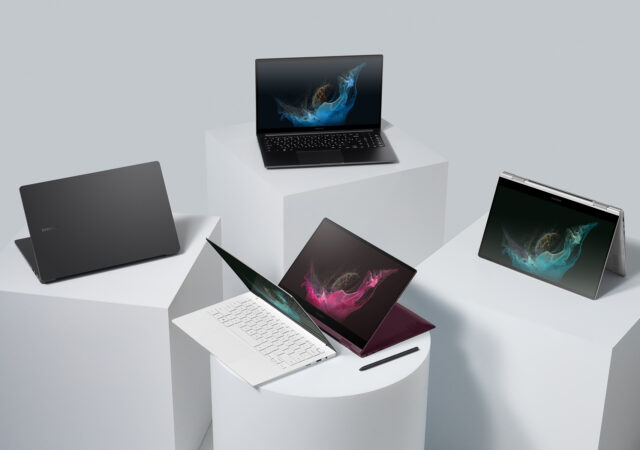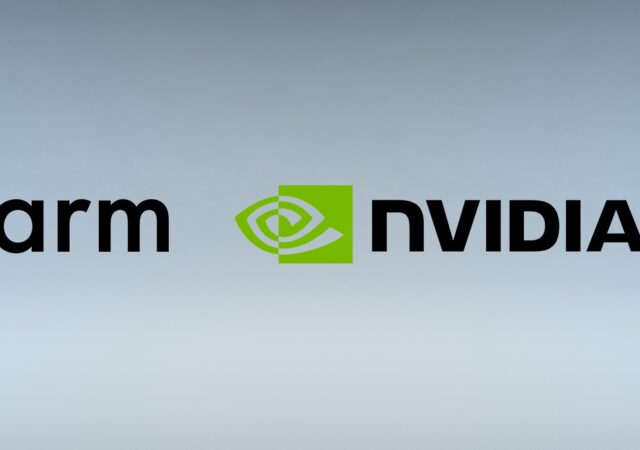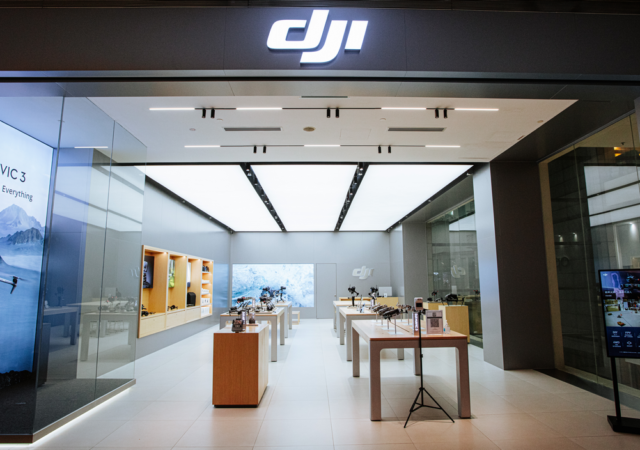Samsung announced their next generation Galaxy Book2 Pro with 12th generation Intel Core processors and One UI Book 4 in tow.
Spotify Moving up the Podcast Ladder with Two More Acquisition
Spotify has recently announced that they are making two more acquisitions – Podsights and Chartable. What does this mean for users?
Fresh Off the Unpacked 2022 Boat, and On to Another – Samsung is Back for MWC 2022
Samsung is making another major announcement on the stage of MWC 2022 on the 27th of February 2022. What could it be?
[UPDATED] NVIDIA + ARM Deal is Not Happening After All!
NVIDIA’s bid to acquire ARM has reportedly failed! What does this mean for other key players? What does this mean for SoftrBank?
Samsung’s Future Devices Will Contain Recycled Materials, that is a Good Thing
Samsung’s Galaxy Unpacked 2022 is happening soon. Samsung has announced that they will be using some form of PCM in their future devices too.
Samsung’s AMD RDNA 2 Equipped Exynos 2200 is Official
Samsung officially announces its first Exynos SoC capable of Ray Tracing and Variable Rate Shading thanks to AMD’s RDNA2 technology.
Microsoft to Buy Embattled Activision Blizzard
Microsoft announces its acquisition of the embattled Activision Blizzard which brings multiple gaming IPs into the newly formed Gaming Team headed by Phil Spencer.
DJI Opens Its First Experience Store Premium in Pavilion Kuala Lumpur
DJI opens its first Experience Store in Pavilion Premium Kuala Lumpur in Malaysia.
AvePoint Edutech Empowers Integrated Online Learning in Six Singaporean Institutes of Higher Learning
Avepoint Edutech brings a fully integrated system to empower online learning in six Singaporean Institutes of Higher Learning.

















